A look at birth 150 years ago.
150 years ago life was not easy, and for women, especially dangerous.
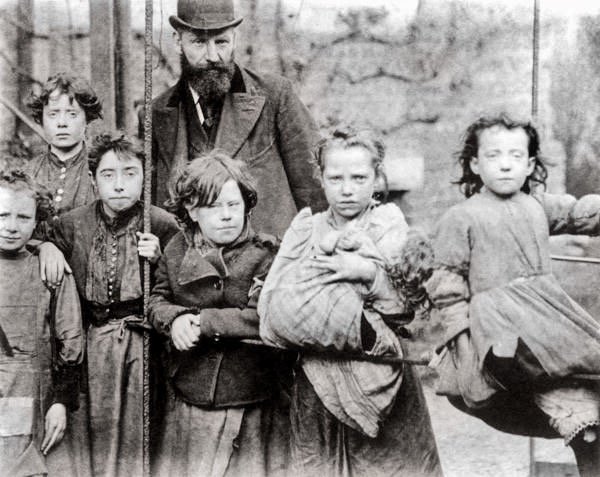
Most working class families had between 5 and 7 living children. It was expected to have 2-3 die before they reached 5yrs old.
If the mother survived into her 40s, then up to 10 children was possible.
In the early part of the Victorian period, childbirth was something that only women took part in with regards to care and after-care. Family, and sometimes a midwife, would look after the pregnant woman.
This was probably the safest way. Having a child in hospital increased your risk of death by 50% due to disease. The physician didn’t wash between patients.
Quite often it ended in ‘Lying-out'.
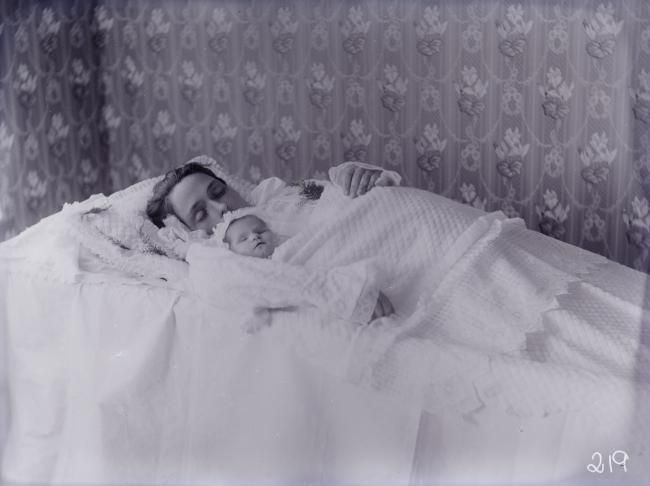
Several books were written to help guide expectant mothers and their families.
Preparing for the birth.
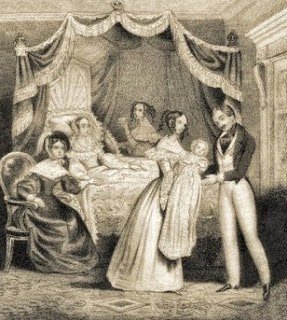
Very similar ‘Lying-in’.
If possible, a time called Laying-in was started. A room would be prepared for the mother-to-be, and she would stay in bed for a few weeks before the birth.
Guide to preparing the room
It was advised to prevent any ‘Sewer’ gas from being able to enter the room. This meant blocking up any drains, and if lucky enough to have a bathroom off the bedroom, the door and keyhole too.
Don’t forget the ‘U’ bend trap to prevent sewer gas coming into the house from the drains was not yet in common use. A type of trap was invented in 1775 but the ‘U’ bend invented by Thomas Crapper in 1880 had not really started being used.

In the 1860s things had not changed a lot since the 1500s. Advice given in both times was to lubricate the mother to assist in delivery. Lard was recommended.
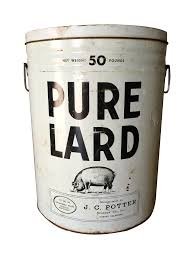
However, 50 years later, it was advised to sterilize the area.
This involved cleaning, shaving and washing with something like Lysol.

Once shaved, scrubbed, scalded and doused in Lysol, the mother to be could get down to some real pain.
But first you needed to dress correctly.
Short petticoat and long blouse. Bed socks and slippers.
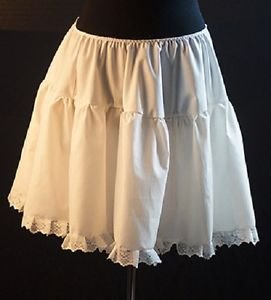
Another short skirt rolled up under the arms to replace the soiled petty coat after the birth.
The Birth
It was going to hurt, a lot. But there was guidance to help.
Dr Gunn suggested:
A towel, sheet, or some convenient article, should be tied to the bed post, so that at each pain the woman may pull it, as it assists her very much in her efforts, and she derives great benefit and comfort from the support. [Gunn]
Dr Fry gave the reasons not to use pain relief.
The relief of pain during childbirth removed the maternal instinct.
It was immoral because it produced a condition similar to intoxication.
Various ill-effects were attributed to it — epilepsy, convulsions, and insanity.
The most powerful argument against the relief of pain was that it was sacrilegious to thrust aside the decrees of Providence. Woman had been sentenced to suffer the pangs of childbirth, and it would rob God of the deep, earnest cries which arise in time of trouble for help. [Fry]

Doctors know best.
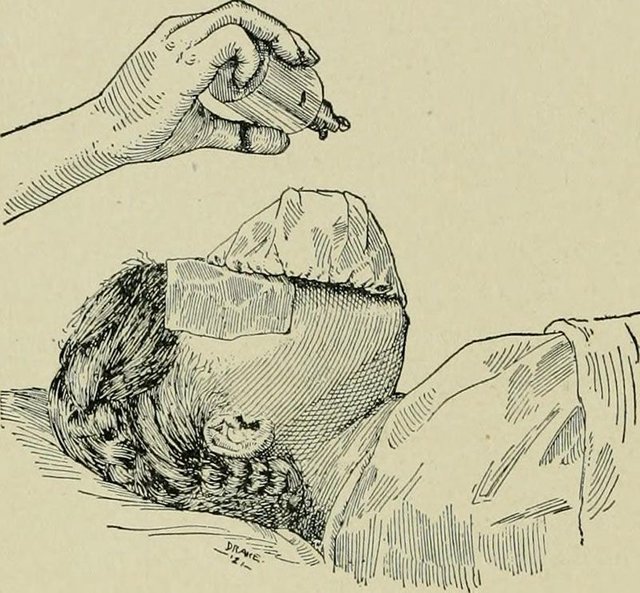
Anaesthetic was first used in 1847 and by 1853, Queen Victoria used it during child birth. This gave way for more wide-spread use without God striking you down.
One wise doctor pointed out to the clergy, God created Eve from one of Adam's ribs, he "caused a deep sleep to fall upon Adam."
In 1907, Spaeth came up with a new approach to helping with labour pains. He suggested, the nerves of the womb are directly connected to the clitoris.
He published the following
With our present knowledge of the nerve supply of the womb, we are enabled to lessen the pains of labour to a very marked degree. During the first stages, pressure is made with the fingers on the terminal filaments of the sympathetic nerves in and around the clitoris. The index and middle fingers are placed, one on each side of this organ, and firm, moderately hard pressure is made against the bone with the direction of the pressure upward toward the abdomen; this is done by the attending physician, the nurse, or by the woman herself. A reflex result occurs, in which contraction of the womb follows; its mouth dilates, normal propulsion pains ensue, and labour proceeds naturally, all unnecessary flying pains cease. [Spaeth]
Men were never going to find it and women were never going to try it.
After the birth
The following was advised:
Great stretching of the parts. This occasions great soreness, and uneasy feelings, which are best removed by bathing with warm milk and water. If there be much swelling, an emollient poultice of bread and milk, or linseed meal, may be applied, and frequently renewed. If there be general uneasiness, with heat and throbbing pain in the part, leeches may be necessary.[Horner]
If you survived, it was recommended you didn’t talk for the first 2 hours, and stayed in bed for up to 4 weeks.
This was great for the rich, but not so good for the poor.
However, the rich didn’t do so well after birth. They often used wet nurses and therefore became available to have another child, which quite often shortened their lives. The husband, being rich, could always get another wife and child if they hadn’t produced an heir by then.
The poor breastfed their new baby and so while doing this, were less likely to be available for another baby. Breastfeeding reduces ovulation and therefore reduces the risk of pregnancy.

The next part you should avoid if, well... Just don’t read it
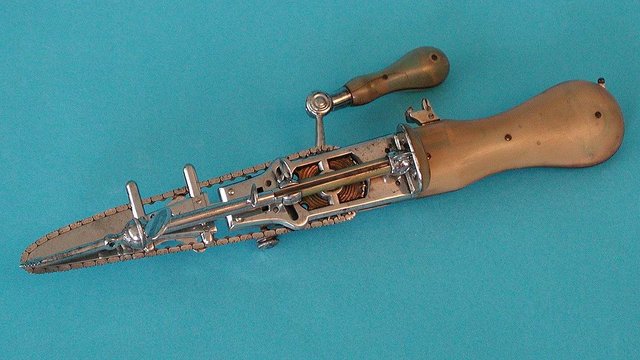
The modern chain saw was actually invented in Scotland to assist with childbirth. It was invented in the late 1790s by John Aitken and James Jeffray.
Used instead of a caesarean section to help with difficult births.
In the more gruesome online stories it said.
To cut the pelvic bone to allow a wider path for the baby.
It was however designed to cut the pelvic ligaments to assist the birth.
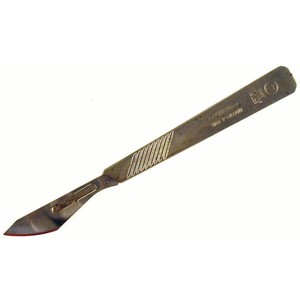
caesarean section
They have been doing ‘C’ sections for thousands of years. Mostly on expectant mothers who have already died. To save the baby.
Generally up until the turn of the 19th C you would be dead anyway.
In Great Britain and Ireland, the mortality rate in 1865 was 85%.
The only place known to have a good success rate was in Africa were it was common in villages in the middle 1800s. They also used anaesthetic. (Their god didn’t want women to suffer like the white man's god did!)
Unfortunately, I was never able to have children, so managed to avoid all the 'unpleasantness' ... and joys ... of it. However, reading this, I'm really really glad I didn't live through those times .... I am so not brave! I wonder how many of those women let loose with numerous swear words during childbirth?
I hope men read this and know how lucky they are.
If men could get pregnant, there wouldn't be a population problem!
Correct. We would have been born in test tubes for at least 40,000 years.
Interestingly enough, now it's the opposite: having a baby outside of a hospital increases the risk of death to the baby by 100%.
I was not born in an hospital. At that time it was down at 90%.
upvoted resteemed
Thanks 😊
Interesante artículo
Gracias